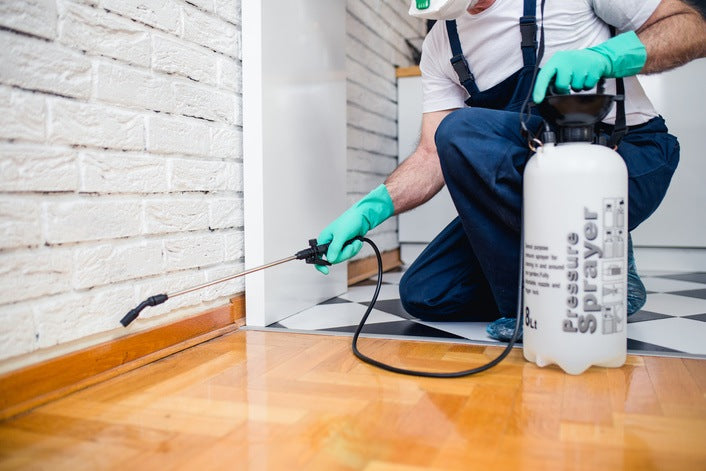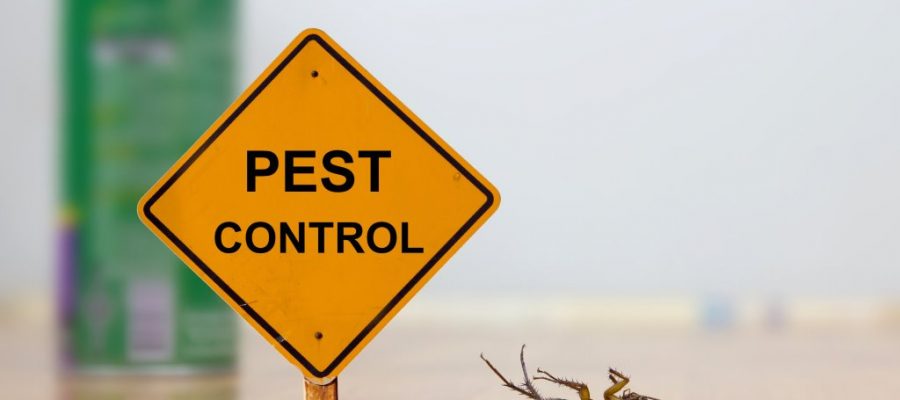Trust Pest Control Lockhart for Durable Pest Prevention
Wiki Article
Checking Out Invasion and Treatment Techniques on the planet of Bug Control
The landscape of bug control includes a myriad of difficulties, specifically as infestations of common household pests remain to evolve. Comprehending the actions and reproductive patterns of these nuisances is vital for establishing effective treatment strategies. By incorporating preventive procedures with advanced administration strategies, such as Integrated Parasite Monitoring (IPM), house owners can better safeguard their settings. Nevertheless, the performance of these techniques might vary substantially based upon specific circumstances. What underlying aspects contribute to the success or failure of these methods in various setups?
Common Family Vermin
When it pertains to handling our space, understanding usual house pests is critical. These pests not only disrupt our convenience but can additionally position wellness dangers and damages building. The most prevalent family insects include ants, roaches, rats, termites, and bed pests.Ants, frequently seen foraging in kitchens, can infect food and establish large nests. Rodents, including mice and rats, can cause structural damage and bring conditions like hantavirus and salmonella.
Identifying the signs of these parasites, such as droppings, nests, or attack marks, is important for early intervention (Pest Control Lockhart). Correct sanitation techniques, sealing entry factors, and maintaining a clutter-free setting are effective preventative actions. By recognizing these common home insects and comprehending their actions, property owners can take proactive actions to minimize problems, making sure a much healthier living atmosphere
Recognizing Pest Infestations
Bug problems can rise swiftly, transforming a minor annoyance right into a considerable issue if not addressed without delay. Common variables adding to invasions include poor hygiene, architectural susceptabilities, and seasonal modifications that drive insects indoors.Determining the type of bug is vital, as various species exhibit diverse behaviors and reproductive prices. Rodents may establish nests in covert locations while insects like cockroaches flourish in damp atmospheres. Early detection frequently pivots on identifying signs such as droppings, chomp marks, or uncommon sounds, which can indicate an issue before it ends up being severe.
Ecological problems also play a vital function in insect expansion. Cozy, damp climates can facilitate the rapid growth of insect populaces, while changes in landscaping or building can unintentionally create helpful settings. Normal evaluations and preventative steps are extremely important to reducing the threat of infestations. An educated strategy to understanding these dynamics prepares for reliable pest monitoring techniques in the future.
Therapy Methods and Techniques
Efficient treatment approaches and methods are vital for alleviating bug problems and recovering a risk-free setting. A diverse approach is commonly best, including chemical, biological, and mechanical approaches customized to the specific pest and the intensity of the invasion.Chemical treatments include making use of insecticides and herbicides, which can successfully remove bugs. Correct application and adherence to security standards are important to reduce risks to humans and non-target organisms. Integrated Bug Administration (IPM) urges the judicious use chemicals as a last option, depending rather on surveillance and limit levels to identify intervention demands.
Organic control techniques involve presenting natural predators or parasites to lower bug populaces. This method is significantly popular, particularly in agricultural setups, as it advertises environmental sustainability.
Mechanical methods, such as traps and obstacles, provide immediate alleviation from parasites without presenting chemicals. Options consist of sticky catches for insects or physical barriers for rats.
Ultimately, the choice of therapy why not try these out method ought to think about the certain insect, the setting, and prospective impacts on human wellness and ecosystems. A balanced combination of these strategies can properly take care of infestations while advertising long-term parasite control options.
Safety Nets for Homes
Proactively addressing bug issues before they escalate is vital for preserving a healthy and balanced home environment (Pest Control Lockhart). Implementing efficient safety nets can significantly lower the chance of invasions, eventually protecting both your property and wellness
Correct landscaping also plays an essential duty in prevention. Keeping shrubs and trees trimmed away from your home minimizes the opportunities of bugs finding their method inside. Additionally, make sure that drain systems are functioning successfully to stop standing water, which can pull in insects and other bugs.
Finally, regular examinations are suggested. Consistently looking for signs of parasite activity allows for early treatment. By taking on these safety nets, house owners can develop a setting that is less hospitable to pests, therefore enhancing their total lifestyle and reducing the demand for substantial parasite control treatments.
Business Parasite Control Approaches
A detailed approach to commercial parasite control is vital for companies intending to preserve a secure and sanitary atmosphere. Reliable techniques find out entail a combination of regular assessments, staff member training, and the application of Integrated Bug Monitoring (IPM) practices.Routine examinations allow very early discovery of bug activity, enabling prompt intervention. Companies should establish a routine timetable for these analyses, concentrating on high-risk locations such as cooking areas, storeroom, and waste disposal websites. Employee training is similarly important; staff should be enlightened on the indicators of bug invasions and the importance of reporting them right away.
Carrying out IPM practices helps mitigate bug concerns sustainably. This includes habitat modification, such as securing entry points and minimizing mess, as well as using natural deterrents prior to considering chemical treatments.

Furthermore, collaborating with a certified insect control provider makes sure access to professional understanding and innovative treatment alternatives. This collaboration can result in personalized insect control plans customized to the specific requirements of business, reducing risks and boosting general efficacy. Eventually, an aggressive and enlightened approach promotes a pest-free setting, guarding both public wellness and organization track record.
Final Thought
In final thought, effective parasite control requires a Related Site thorough understanding of typical household insects and their behaviors, coupled with targeted treatment methods. Carrying out precautionary steps along with treatment approaches such as Integrated Pest Management and biological control enhances the capability to mitigate invasions.Report this wiki page